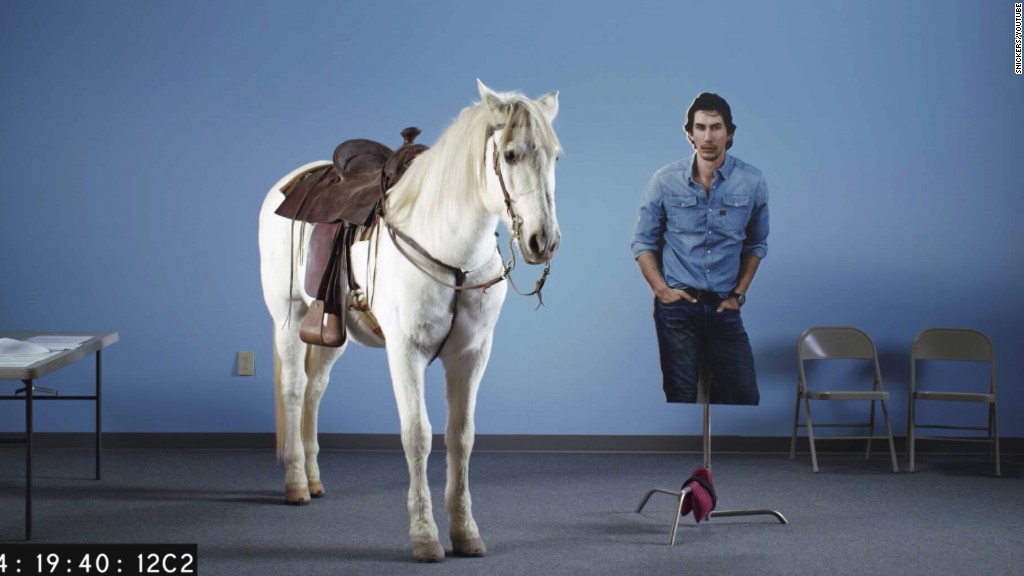
Apple's "1984" commercial remains a famous model for Super Bowl advertising. Yet part of the Ridley Scott-directed ad's impact had to do with the element of surprise, as viewers were jolted by its dystopian vision.
Over the last few years, advertisers have gradually dispensed with that approach. Many of this year's big-game spots are already widely available online, and even subject to their own promotional campaigns.
While one can appreciate marketers wanted to maximize their investment -- a cool $5 million just for 30 seconds of in-game exposure, plus production costs -- that inclination to hedge their bets sacrifices part of their wallop during the game.
Granted, only some of the more than 100 million people in the U.S. who will watch Sunday's game will scour the web to preview ads before they put out the beer and chips. Media outlets, moreover, are happy to draft on the Super Bowl's enormous reach, theoretically providing sponsors with a multiplier effect that includes free exposure before the game as well as after it, with people already weighing in online about their favorite spots.
The buzzword in ad circles is "earned media," in the form of free publicity, as opposed to the ad time for which they have to pay. As Buick's marketing director told the New York Times, releasing ads early lengthens the time span "to engage viewers, and I believe it's a better return on our investment."
Related: Spuds MacKenzie is back for the Super Bowl
The obvious benefits, however, come at an intangible cost. Because while TV viewers have been programmed to pay attention to commercials during the Super Bowl -- the one sporting event where ads aren't automatically seen as time for bathroom breaks -- those nerve endings have to be a bit numbed when the ad is, for at least part of the audience, already a rerun.
Notably, some marketers are adopting a different strategy, such as Snickers, which will air a live ad during the game. Movie studios, too, still tend to remain coy and keep their cards close to the vest regarding which upcoming films will be on the menu, although their commercials (really just trailers) don't have the same production overhead as, say, Mercedes, which hired acclaimed movie directors the Coen brothers to craft an "Easy Rider"-inspired ad featuring Peter Fonda. (The wisdom of tethering a luxury car to a 48-year-old movie devoted to the counter-culture is a separate debate.)
Related: Budweiser's Super Bowl ad takes on immigration
Although it has become popular to promote Super Bowl ads as if they were mini-movies, it's worth remembering that they operate on multiple levels. Ultimately, the goal is to enhance a company's image, raise awareness and help sell its product, which isn't as immediately measurable as whether viewers laughed or responded emotionally in the way that was intended.
There's also a big difference between smaller companies seeking to make a quick splash and perennial Super Bowl advertisers like Coca-Cola or Budweiser, which has made waves with an ad that touches upon immigration through the history of founder Adolphus Busch. As Business Insider noted a few years ago, several dot-coms that anted up for ads at the start of this century -- seeking to "herald their arrival on the national scene" -- went out of business not long after.
Therein lies a cautionary tale for an outfit like Squarespace, whose ad featuring actor John Malkovich -- unable to use his own name as a web domain -- is already generating plenty of chatter.
The mixed history of Super Bowl marketing suggests there's no one playbook that applies to every sponsor. But by moving up the goalposts, at least some companies appear to risk taking their precious, expensive ads and, instead of maximizing their investment, simply diluting their kick.


